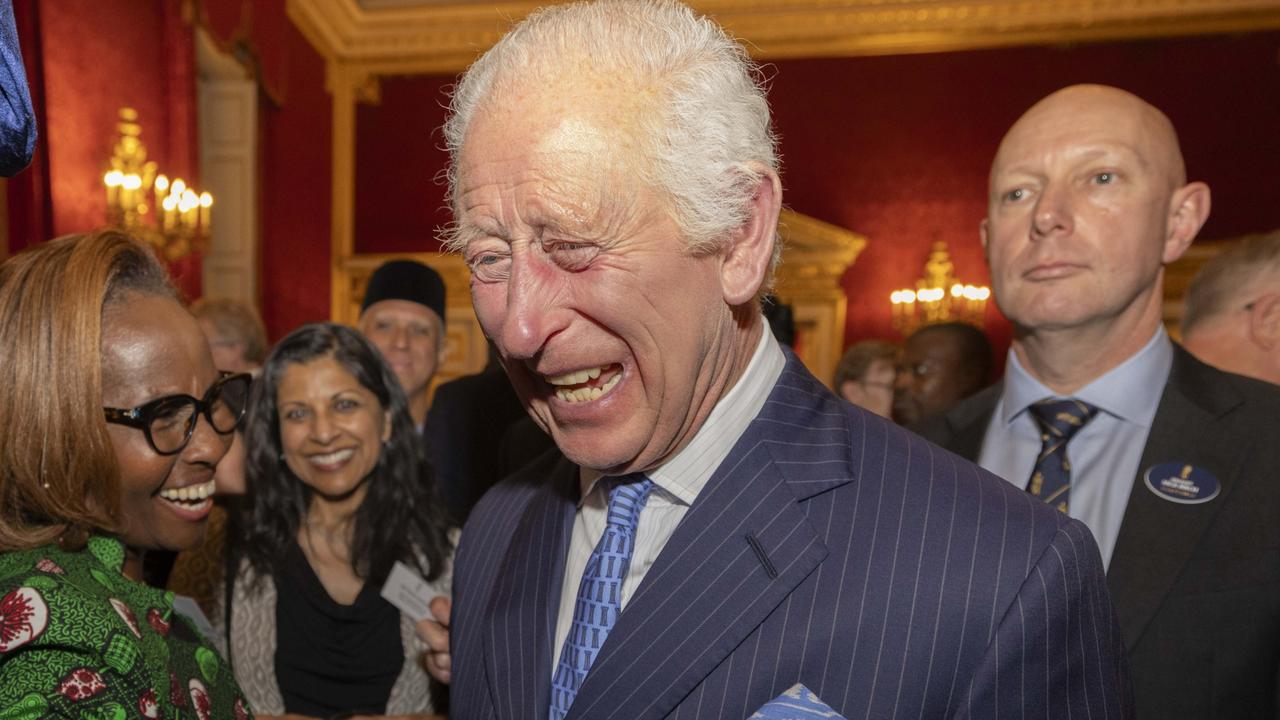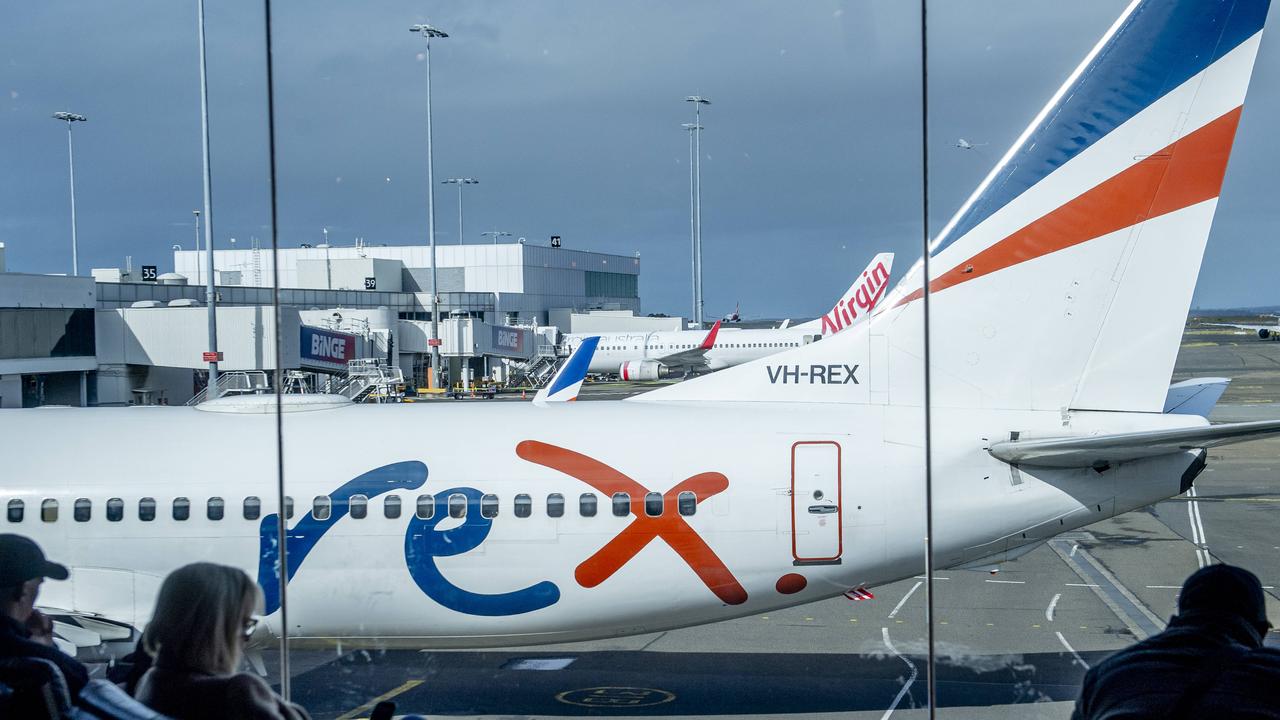Global COVID-19 gloom sends ASX, Wall Street lower
Australian shares have deepened losses today and the dollar is down after US stocks on Wall Street fell on grim economic data.
News
Don't miss out on the headlines from News. Followed categories will be added to My News.
Australian shares have deepened losses with one analyst surprised by the extent.
The S&P/ASX200 benchmark index was lower by 207.3 points, or 3.75 per cent, at 5315.1 points at noon AEST on Friday.
The All Ordinaries index was 206.2 points lower, or 3.68 per cent, at 5391.5 points.
All sectors were trading sharply lower, and energy was the worst hit - down 6.03 per cent.
Santos slipped 41 cents, or 8.3 per cent, to $4.53. Oil Search had similar woe - down 23 cents, or 7.54 per cent, to $2.82.
Origin Energy slipped 5.4 per cent to $5.26 after agreeing to buy a 20 per cent stake in UK retailer Octopus Energy for $507 million.
The losses come after US stocks lost ground overnight following grim economic data and mixed earnings reports.
US unemployment claims topped 30 million on the back of COVID-19-prompted lockdowns and consumer spending has plummeted, while Amazon and American Airlines’ earnings disappointed traders.
IG Markets analyst Kyle Rodda said there was no single cause for the ASX plunge. While the local market had followed Wall Street lower on more economic gloom, the financial results of giants such as Apple and Amazon had been soft rather than terrible, Mr Rodda said.
“If you try and find a single cause for the selloff, it’s simply not there,” he said.
Some traders may have decided to book profits after the ASX recorded its best month since 1988, Mr Rodda said.
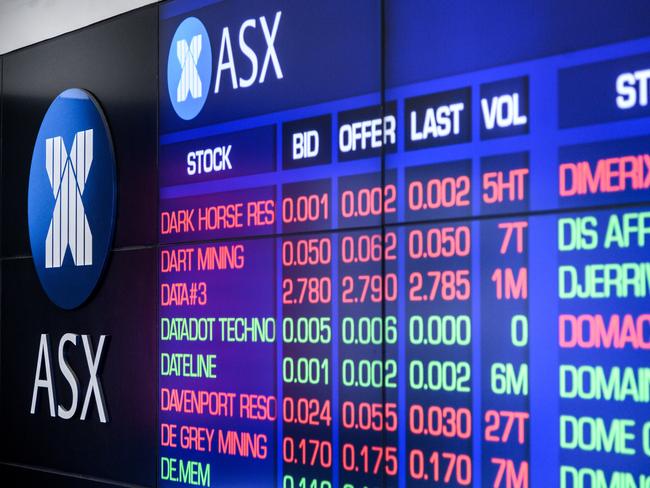
The All Ordinaries index finished April up 9.5 per cent.
The big miners were all trading lower.
BHP slid $2.17, or 6.71 per cent, to $30.18. Fortescue fell 68 cents, or 5.69 per cent, to $11.28, while Rio slipped $4.52, or 5.17 per cent, to $82.98. Among smaller banks, Bendigo was hard hit, down 40 cents, or 6.12 per cent, to $6.14.
NAB was the worst hit of the big four - lower by 89.5 cents, or 5.28 per cent, to $16.06.
ANZ shares suffered a 85 cents loss, or 5.03 per cent, to $16.05, while Commonwealth Bank dropped $2.65, or 4.23 per cent, to $60.04, and Westpac was lower by 59 cents, or 3.62 per cent, to $15.69.
The gold miners did not escape punishment, either. Newcrest was down 7.41 per cent to $25.50, and Northern Star lost 6.41 per cent to $11.97. Evolution lost 4.5 per cent to $4.88.
A rare bright spot on the ASX was US-based respiratory health company ResMed, which boosted ventilator production for COVID-19 patients.
It reported revenue increased by 16 per cent to $US769.5 million ($A1.19 billion) for the three months to March 31.
ResMed shares jumped 5.34 per cent to $24.65.
Other health stocks were also the least affected in the wider morning downturn. CSL lost 1.43 per cent to $305.01, while Ramsay Health Care shed 0.57 per cent to $62.25.
One Australian dollar buys 64.75 US cent, down from 65.43 US cents at Thursday’s close.
The price of gold is $US1686.84, down from $US1716.01 at the previous close.
WALL STREET DOWN, BUT APRIL BEST MONTH FOR INVESTORS SINCE 1987
Wall Street retreated and leading indexes in Europe slipped following weak reports on consumer spending and unemployment, in news likely to restrain the ASX today.
In the US, the S&P 500 closed down 1 per cent after it was announced another 3.8 million people applied for unemployment benefits last week, bringing the total to more than 30 million in the past few weeks.
But it was a small slide in an outstanding month for Wall Street. Even with Thursday’s decline factored in, the S&P 500 had its best month since January 1987, a gain that came even as it became increasingly clear that the coronavirus crisis was pushing the United States into a dire economic downturn.
The extent of the S&P 500’s rebound in April was breathtaking, putting $A4.3 trillion back into investors’ pockets.
The S&P 500 jumped more than 12 per cent in April. All 11 S&P 500 sectors gained during the month.
“Investor optimism is being reinforced by reports of major progress in the effort to develop coronavirus treatments,” says Nigel Green, chief executive of finance advisor deVere Group.
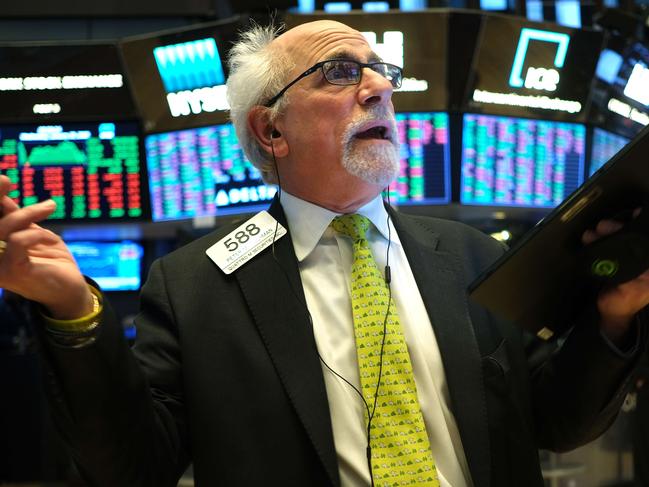
“From the point of view of investors, what matters is getting a peak” in jobless claims, said Sebastien Galy, a macro strategist at Nordea Asset Management. “We saw an acceleration and it’s now starting to decelerate,” he told the Wall Street Journal.
Consumer spending fell by 7.5 per cent in the US in March as restaurants, bars, gyms, shops and other non-essential businesses went into lockdown.
It was the biggest monthly decline on record.
Meanwhile, new data showed the EU economy shrank 3.5 per cent in the first quarter, the first major indication of the devastation facing the bloc as a result of coronavirus. This followed a 4.8 per cent contraction in the US economy in the first quarter.

Meanwhile, unemployment in Europe’s biggest economy, Germany, rocketed to 13.2 per cent.
“The ECB’s meeting will be in focus today, and dealers will looking to see if the central bank is wholeheartedly committed to assisting the eurozone in this time of huge uncertainty,” said David Madden, analyst at CMC Markets UK.
“Last night, the Fed made it clear they are willing to do what it takes to overcome the crisis, so the standard has been set for the ECB.”
But favourable comments about the potential of experimental antiviral drug remdesivir from respected White House adviser Dr Anthony Fauci saw Asian stock markets climb.
The rare show of optimism from America’s leading epidemiologist gave investors hope that lockdowns which have cratered economies around the world could be lifted more quickly.
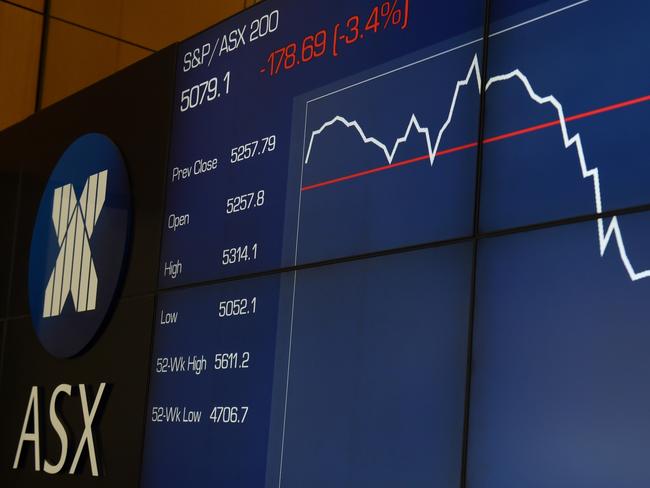
“While a treatment is not a vaccine, a successful treatment would be a game-changer for the virus and would help facilitate a greater rollback of containment measures,” National Australia Bank’s Tapas Strickland told AFP.
“It could also give consumers greater confidence to resume pre-pandemic activity.”
Australian stocks finished April with a flourish, with the All Ordinaries up 2.45 per cent and the ASX200 up 2.39 per cent.
Over the month, the All Ords rose 5.8 per cent and the ASX200 increased 5 per cent.
Originally published as Global COVID-19 gloom sends ASX, Wall Street lower

